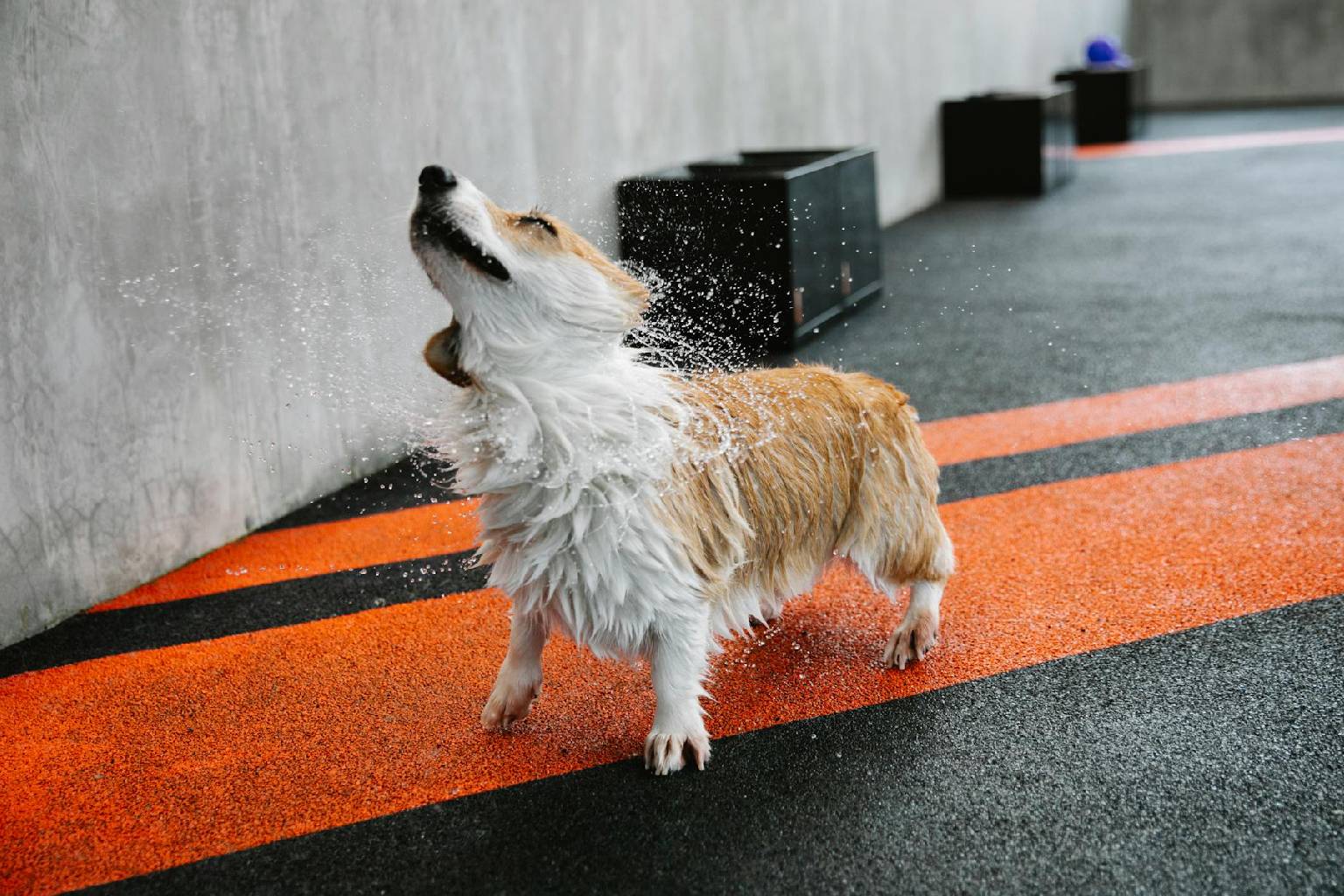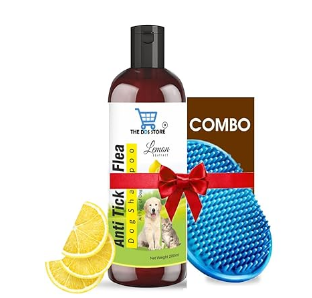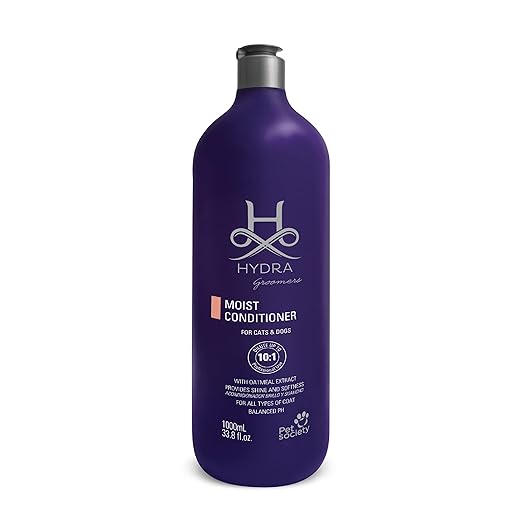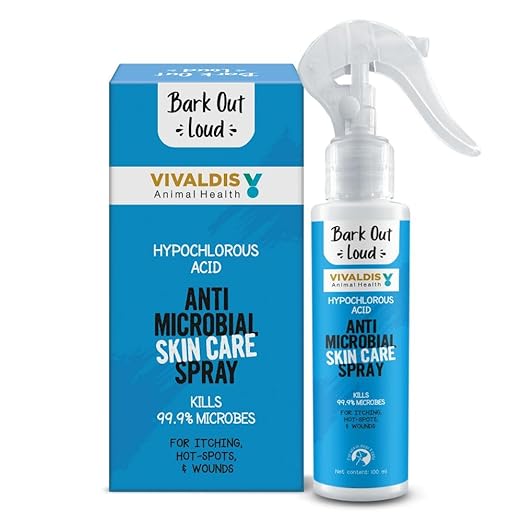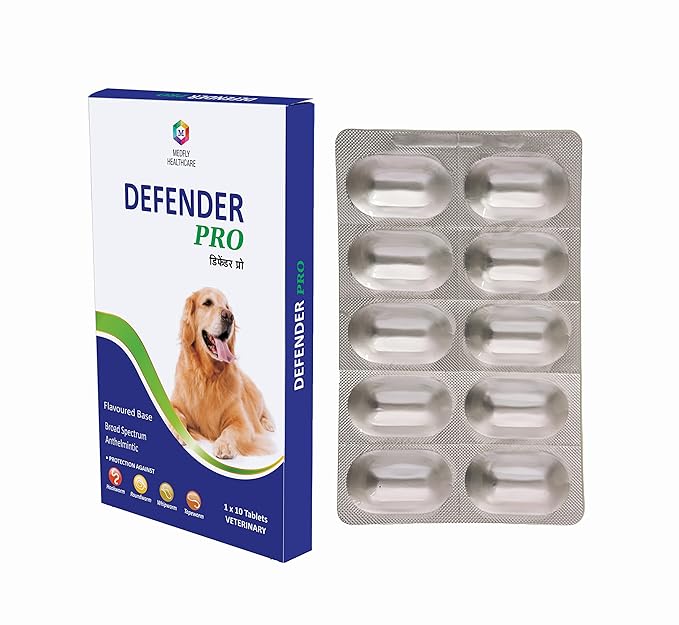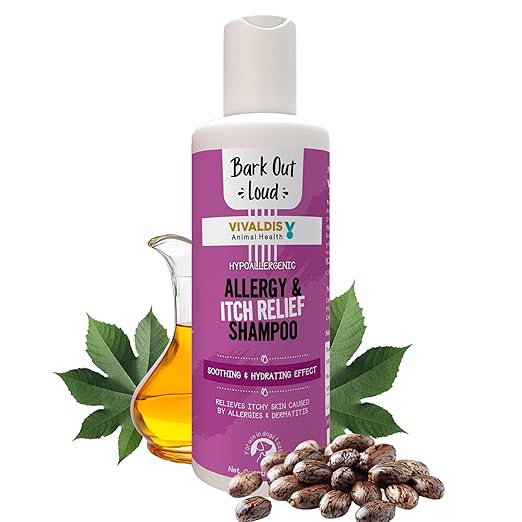Why Bathing Frequency Matters
When it comes to the well-being of your dog, regular bathing plays a key role in maintaining not only their physical cleanliness but also their overall health. The frequency at which you bathe your dog can influence the quality of their skin, coat, and even mood. Striking the right balance between too much and too little can be tricky, as it varies based on factors like coat type, breed, and lifestyle. Bathing frequency isn’t just about keeping them smelling nice—it’s about supporting their health from the inside out.
Understanding the Importance of Proper Bathing for Dogs
Dogs rely on their skin and coat as their first line of defense against the environment. Bathing not only removes dirt, allergens, and dead skin cells but also allows you, as the owner, to inspect your dog’s body for abnormalities. Regular baths keep their coat shiny and their skin healthy. It’s essential, though, not to overdo it, as too many baths can strip their skin of natural oils, leading to dryness and irritation.
The Balance Between Overbathing and Underbathing
Finding the ideal bathing schedule for your dog can be a balancing act. Overbathing can cause dryness, itching, and even hair loss, while underbathing may lead to odor and skin infections. The goal is to find a routine that supports a healthy coat and skin without disrupting the skin’s natural oil production. Observing your dog’s coat condition, activity level, and any changes in their skin will help guide the right frequency.
Factors That Affect How Often You Should Bathe Your Dog
Coat Type: Long, Short, Curly, or Wire
Your dog’s coat type is one of the most significant factors in determining how often they should be bathed. Dogs with long, flowing coats may require more frequent baths to prevent tangles and mats, while short-coated breeds are generally easier to maintain and can go longer between baths. Wire-haired breeds or those with curly coats may need unique care, as their coats tend to trap dirt but can also become dry if washed too frequently.
Skin Sensitivities and Allergies: Does Your Dog Need Special Care?
If your dog has sensitive skin or suffers from allergies, bathing too often or using the wrong products can exacerbate their condition. Dogs with skin conditions or allergies might need a specialized bathing routine, using hypoallergenic or medicated shampoos. In these cases, it’s crucial to consult your vet to develop a routine that balances cleanliness with the need to protect and heal the skin.
Breed-Specific Considerations: How Certain Breeds Require Different Bathing Schedules
Some breeds naturally produce more oil or are more prone to skin issues than others. For instance, breeds like Basset Hounds and Cocker Spaniels have oilier skin and may require more frequent bathing to keep their coat healthy. On the other hand, breeds like Shih Tzus or Maltese, with long hair, need regular baths to avoid mats, but their skin may be more sensitive to overbathing.
Activity Level: How Outdoor Play Affects Bathing Frequency
A dog’s activity level is another critical factor. If your dog is an outdoor enthusiast, prone to rolling in dirt, mud, or even swimming in lakes, they’ll likely need more frequent baths. On the other hand, a more sedentary dog or one that mostly stays indoors can go longer between baths without issue.
Bathing Puppies vs. Adult Dogs: What’s the Difference?
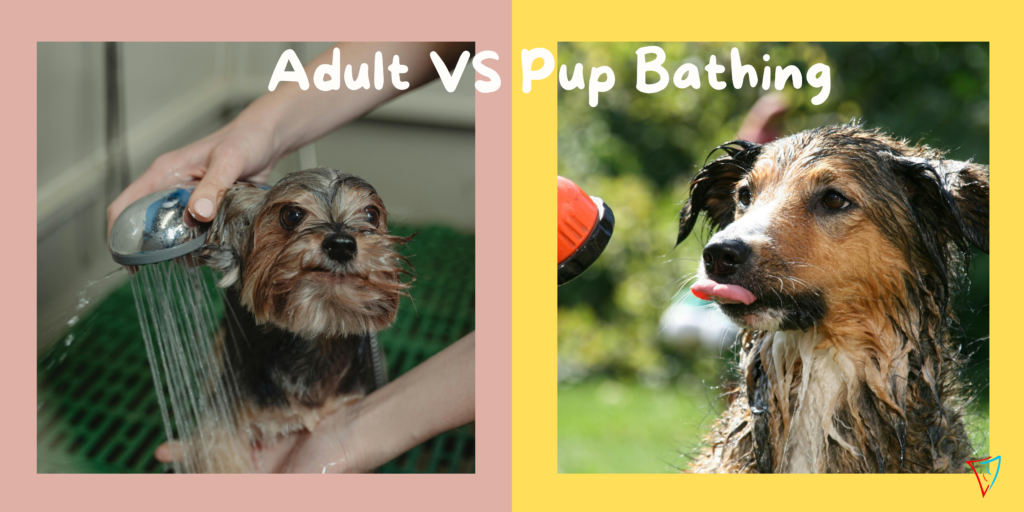
How Often Should You Bathe a Puppy?
Puppies have delicate skin, and while it’s tempting to bathe them often, especially when they’re prone to accidents, it’s important to be gentle with their young skin. Typically, puppies don’t need as many baths as adult dogs. Unless they get particularly dirty, a bath every few weeks should suffice.
When Should You Start Bathing a Puppy?
Most puppies can have their first bath at around eight weeks of age. Before this, their immune system is still developing, and it’s better to avoid full baths. Instead, spot cleaning can help keep them fresh. Always use a gentle puppy-specific shampoo and make sure to dry them thoroughly afterward to avoid chilling.
Special Care for Older Dogs: Adjusting Bathing Frequency with Age
Older dogs often develop more sensitive skin, and their ability to regulate body temperature may decline, requiring you to adjust their bathing schedule. You may also need to be gentler when handling them during baths, as they may have joint pain or other mobility issues that make bathing more stressful.
Signs It’s Time for a Bath
Smell and Odor: When Your Dog Starts to Smell Unpleasant
One of the most obvious signs it’s time for a bath is when your dog starts to smell. A healthy dog shouldn’t have an overpowering odor, so if your pup’s smell is becoming noticeable, it’s likely time for a wash.
Visible Dirt or Mud: When Outdoor Adventures Get Messy
Dirt and mud are clear indicators that it’s time to break out the shampoo. After a particularly messy adventure outdoors, a good bath can help restore their cleanliness and prevent skin irritation from mud and debris.
Skin Irritation: How Scratching or Redness Can Indicate Bath Time
If your dog is scratching excessively or you notice redness or bumps, it may be a sign that they need a bath to soothe their skin. However, if the skin is irritated from an underlying condition, bathing with a medicated shampoo might be necessary.
How Often Should You Bathe Your Dog Based on Coat Type
Short-Coated Dogs: Easier Maintenance, Less Frequent Baths
Short-coated dogs are typically lower maintenance when it comes to bathing. They can go longer between baths, as their coats don’t trap as much dirt or debris. Usually, a bath every 4 to 6 weeks is enough for these breeds.
Long-Coated Dogs: Preventing Mats and Tangles with Regular Baths
Dogs with long hair require more frequent bathing, usually every 3 to 4 weeks, to prevent their coats from matting and tangling. Mats can be painful and lead to skin infections if not addressed, so regular baths paired with brushing are essential.
Double-Coated Dogs: Protecting the Natural Oils in Their Fur
Double-coated breeds like Huskies and German Shepherds have fur that naturally repels dirt and water. Bathing them too frequently can strip away the natural oils that protect their coat. Bathing every 6 to 8 weeks is generally recommended, although regular brushing is key to maintaining their coat.
Hairless or Minimal Coat Breeds: Special Bathing Needs
Hairless breeds, such as the Xoloitzcuintli or the Chinese Crested, need more frequent baths, as their skin is exposed to dirt, sun, and other environmental factors. These dogs may require weekly baths to keep their skin healthy and free from oil buildup.
Can You Bathe Your Dog Too Much?
The Risks of Overbathing: Dry Skin, Irritation, and Hair Loss
Bathing your dog too often can lead to several issues, including dry skin, irritation, and even hair loss. Frequent washing strips away the essential oils that help protect your dog’s skin, leading to discomfort and itching. It’s important to find a balance that keeps them clean without causing harm.
How to Maintain a Healthy Coat Between Baths
To avoid overbathing, focus on other grooming methods between baths. Regular brushing helps distribute natural oils, removes loose fur, and reduces dirt buildup. Additionally, using wipes or spot cleaning can keep your dog fresh without the need for a full bath.
What to Do Between Baths: Maintaining Your Dog’s Hygiene
Brushing: How Regular Brushing Reduces the Need for Frequent Baths
Brushing your dog regularly can significantly reduce the need for frequent baths. It not only keeps their coat looking smooth and shiny but also helps remove dirt, dead hair, and dander before it builds up.
Wipe-Downs and Spot Cleaning: Keeping Your Dog Clean Without a Full Bath
For small messes or after outdoor play, you can use dog-friendly wipes or a damp cloth to clean specific areas like paws, face, or belly. This helps maintain hygiene without the need for a full bath, especially for dogs that might be prone to dry skin.
Paw and Face Cleaning: Targeting Problem Areas Between Baths
Paws and faces often get dirtier than the rest of a dog’s body. Clean paws regularly, especially after walks, to prevent dirt from entering your home. Similarly, wiping your dog’s face helps avoid tear staining and removes food or dirt from their fur.
Seasonal Bathing Tips: How the Weather Affects Bathing Frequency
Bathing More in Summer: Managing Heat, Dirt, and Outdoor Activities
During the summer months, dogs tend to spend more time outdoors, which can lead to increased exposure to dirt and allergens. As a result, you may need to bathe your dog more frequently to keep them cool, clean, and comfortable.
Winter Baths: How to Protect Your Dog’s Skin from Dryness in Cold Weather
In winter, cold air and indoor heating can dry out your dog’s skin. You may need to reduce the frequency of baths during this time, but when you do bathe them, be sure to use moisturizing shampoos and conditioners to protect their skin from drying out.
How to Choose the Right Shampoo for Your Dog
What to Look for in a Quality Dog Shampoo
Choosing the right shampoo for your dog is crucial to maintaining their skin and coat health. Look for shampoos that are free from harsh chemicals and designed for your dog’s specific skin needs. Oatmeal-based shampoos, for instance, are gentle and soothing for sensitive skin.
Avoiding Harsh Chemicals: Why Human Shampoo Is a No-Go
It’s important to use shampoos made specifically for dogs. Human shampoos often contain ingredients that can be too harsh for a dog’s sensitive skin, leading to irritation and imbalance in their skin’s pH levels.
Medicated Shampoos: When to Use Them and Why
If your dog suffers from skin conditions or allergies, your vet may recommend a medicated shampoo. These shampoos can help treat fungal or bacterial infections, soothe inflammation, and support skin healing.
Step-by-Step Guide to Bathing Your Dog at Home
Preparing Your Dog for a Stress-Free Bath
To make bath time easier, brush your dog beforehand to remove loose hair and tangles. Gather all the supplies you’ll need—shampoo, towels, and treats—before starting, so the process can be smooth and uninterrupted.
The Best Water Temperature for Your Dog’s Comfort
Lukewarm water is ideal for bathing your dog. Water that’s too hot can burn their skin, while cold water can make them uncomfortable and anxious.
Proper Techniques for Lathering and Rinsing
Start lathering from the neck down, making sure to avoid your dog’s eyes and ears. Work the shampoo through their coat, massaging gently, then rinse thoroughly. It’s crucial to remove all the shampoo to avoid residue that can irritate the skin.
How to Make Bath Time Fun and Stress-Free
Introducing Your Dog to Water: How to Ease Anxiety
If your dog is nervous about baths, take it slow. Gradually introduce them to water by letting them explore the bathroom without forcing them into the tub. Give them plenty of praise and treats to create a positive association.
Using Positive Reinforcement: Treats and Praise During Bath Time
Positive reinforcement can turn bath time from a dreaded task into a more pleasant experience. Use treats and praise to reward your dog for staying calm and cooperative.
How to Calm Nervous Dogs During Baths
For particularly anxious dogs, creating a calm environment is essential. Soft, soothing voices, and slow, gentle movements can help put your dog at ease. In some cases, playing calming music or using calming sprays can help make the experience less stressful.
When to Visit a Professional Groomer
Benefits of Professional Grooming for Certain Breeds
While home baths are fine for most dogs, certain breeds with complex grooming needs—like Poodles or Cocker Spaniels—may benefit from professional grooming. Groomers have the tools and expertise to care for difficult coats and provide additional services like nail trimming and ear cleaning.
How Often Should You Take Your Dog to a Groomer?
Dogs with high-maintenance coats may need professional grooming every 4 to 6 weeks, while others can go longer. It depends on your dog’s breed, coat type, and lifestyle.
Special Grooming Treatments You Might Not Be Able to Do at Home
Groomers can provide treatments like deep conditioning, coat trimming, and flea treatments that might be difficult to do at home. These services can enhance your dog’s coat health and keep them looking their best.
Bathing Dogs with Special Needs
Dogs with Allergies or Skin Conditions: Special Bathing Routines
If your dog suffers from allergies or skin conditions, they’ll need a carefully tailored bathing routine. Using hypoallergenic or medicated shampoos can help manage their symptoms while still keeping them clean. Always consult your vet before starting any new bathing regimen for a dog with special needs.
How to Care for Dogs with Mobility Issues During Bath Time
Older dogs or dogs with mobility issues may need extra support during bath time. Use a non-slip mat in the tub to prevent falls, and consider enlisting help to hold them steady. In some cases, a sponge bath may be a gentler alternative.
Bathing Dogs After Surgery or Illness: What to Know
Post-surgery or illness, your dog’s bathing schedule may need to be adjusted. Consult your vet to ensure that their stitches or wounds are healed enough for a bath. Spot cleaning may be preferable in the early days of recovery to avoid putting undue stress on your dog.
Common Bathing Mistakes to Avoid
Not Rinsing Thoroughly: The Importance of Removing All Shampoo
Failing to rinse out all of the shampoo can lead to skin irritation and itching. Be sure to rinse your dog thoroughly, paying attention to areas like the belly and under the legs where shampoo can accumulate.
Using the Wrong Products: Why Choosing the Right Shampoo Matters
Not all shampoos are created equal, and using human shampoo or cheap, low-quality dog shampoos can cause more harm than good. Always choose shampoos that are specifically formulated for dogs and suited to their specific needs, like dry skin or allergies.
Inconsistent Bathing: How Skipping Regular Baths Can Lead to Problems
While overbathing can be an issue, underbathing can lead to skin problems as well. Skipping baths for too long can cause dirt, oil, and bacteria to build up, leading to unpleasant odors and potential skin infections. A consistent bathing schedule tailored to your dog’s specific needs will keep them healthy and happy.
Conclusion: Finding the Right Bathing Schedule for Your Dog
Bathing is an essential part of your dog’s overall care routine, but it’s important to find a schedule that works for their unique needs. By considering their breed, coat type, activity level, and any special needs, you can ensure your dog stays clean and healthy without overdoing it. Regular grooming, coupled with skin checks and vet visits, will help you maintain your dog’s well-being for years to come.
Related Posts:
- How Much Should I Feed My Dog? A Complete Guide for Pet Owners
- How Do Dogs See the World A Guide to Dog Vision

